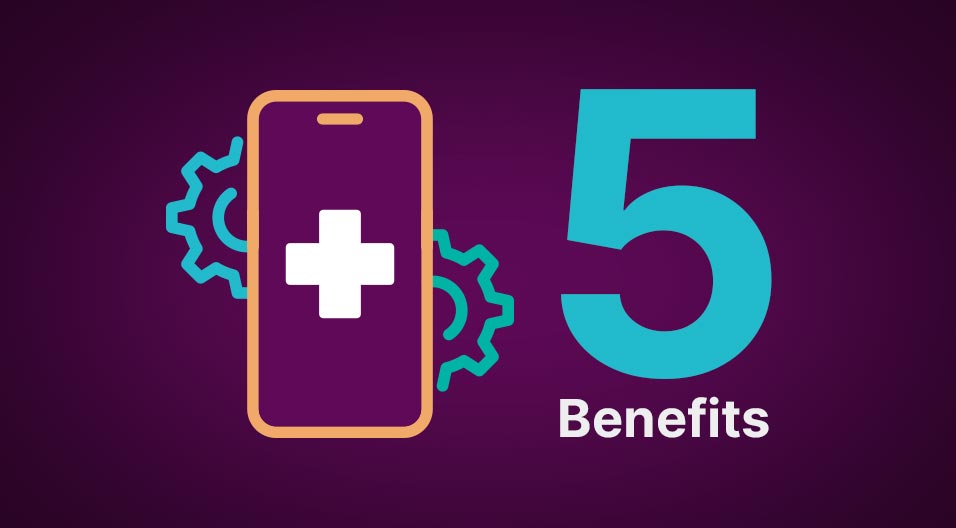by Jeff Fuller
As the health ecosystem becomes more patient centered, providers are looking for innovative ways to enhance care delivery from a transactional encounter to an ongoing process of developing trust and understanding about how the minds and hearts of our patients are responding to their care experience. This is especially true when it comes to transitions of care.
Transitions of care from one setting to another are critical times for patients and families. Whether it is transitioning from wellness to chronic disease management, or from acute care to the home, they all present opportunities to miss key aspects of both care coordination and experience continuity. Think about a time when you’ve had to manage that on your own or as a caregiver for a loved one. You might agree that these are times of elevated anxiety and heightened concern about what to expect.
From a communications perspective, these are times where key information from the provider to the patient is at risk of not being transferred or misunderstood, or of being understood but discounted. When we think of continuity of care, we’re oftentimes focussing on the coordination of care plans or the clinical handoff of care, but what we often miss is that exceptional care continuity goes above and beyond the coordination of care, it involves including the interpersonal aspect, or the continuity of experience. By emphasizing continuity in experience and having a mechanism to keep the conversation going, you create an opportunity for patients to open up about their needs and concerns on their own time, ensuring that the information shared at transition is understood correctly.
Developing an effective continuity of experience requires a different perspective and measurement methodology than traditional clinical performance. Understanding continuity of experience requires that you measure experience from a patient’s perspective through dialogue that occurs when they are not in the clinical setting. For instance, our research of post discharge communication data shows that among the top reasons for readmission is patients not understanding medication instructions and having difficulty coordinating a follow up appointment. These are issues that are entirely avoidable, but to capture them and act on them requires that you have a solution that enables you to keep the conversation going after the transition from acute care. The goal is to provide a seamless experience from one setting to another and build trust through having a way to keep conversations going when care transitions occur.
We’ve also found that having an agile approach to the way you set up your patient communications programs is key to maintaining the experience and ensuring optimal outcomes. This would include an evidence-based approach to determining the modality, time of day, day of week, script configuration, and other aspects of the communication that will yield you the best results in outcomes and experience, ultimately building trust through minimizing anxiety during these critical times and improving value by acting to prevent unnecessary care.
Evidence shows that you will improve value and experience when you keep the conversation going during transitions of care. With the flexibility of an orchestration engine to manage these configurations, you can stay in constant communication with your patients before, during and after you see them. In your patient-centered transformation strategies, the best investment you can make is to know your patients better by maintaining a continuity in experience through communicating with them about their needs throughout each moment of the care transition.









